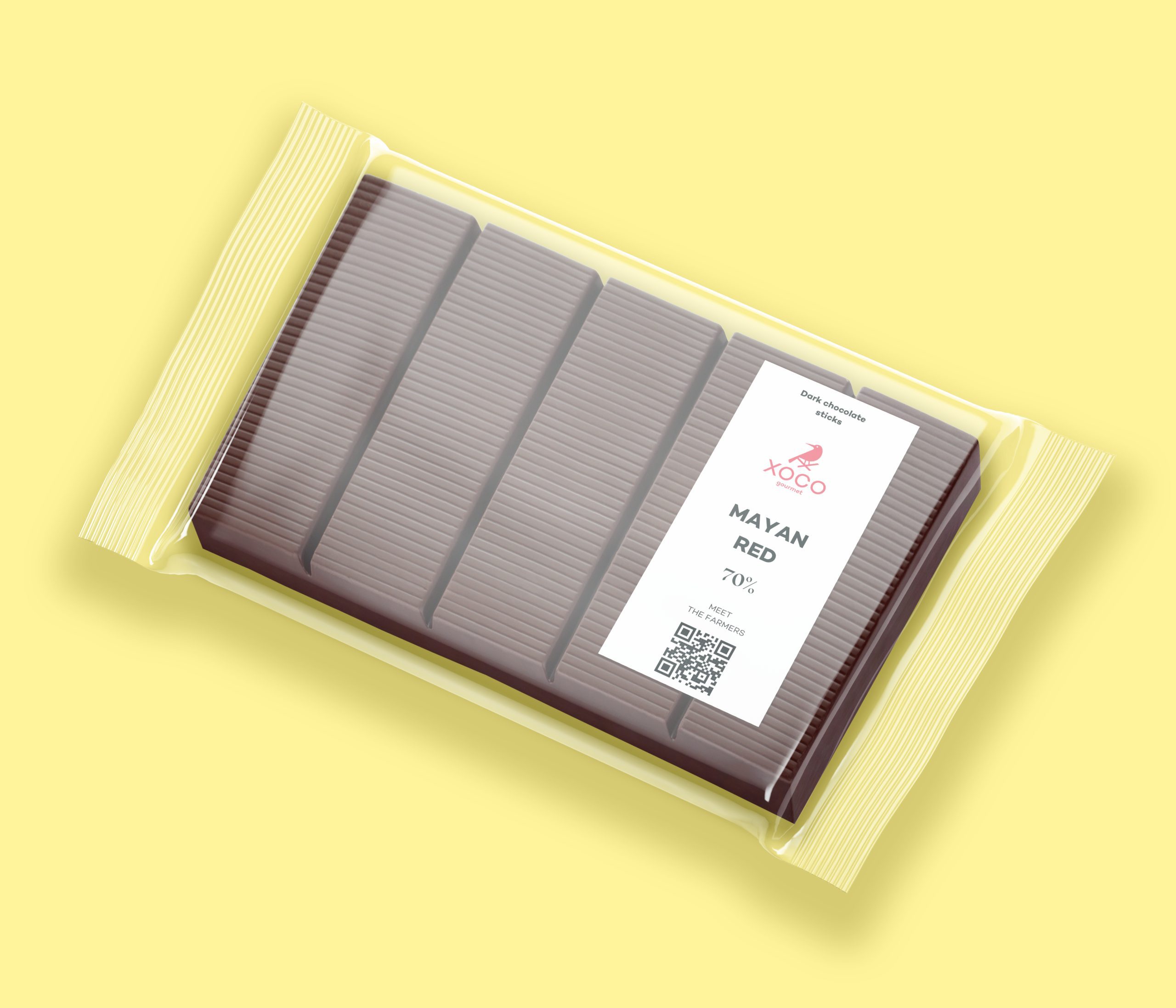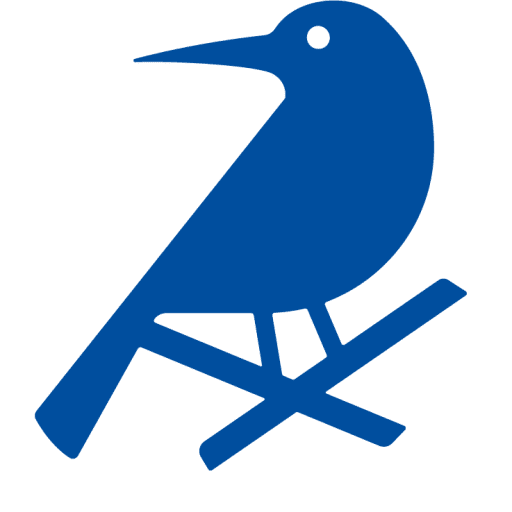PURE FLAVOUR BY PLANTING CACAO FOR VARIETY
Xoco Gourmet is the only chocolate maker to plant cacao for variety A variety is a group of plants within a species that has one or more distinguishing characteristics and usually produces true-to-seed (same flavour fruits).
To obtain same flavour fruits, all fruit plantations must be planted for variety. For example, there are more than 7,000 varieties of apples, including Golden Delicious, Granny Smith, Gala, and Honeycrisp. This changes everything in the flavour of the chocolate. From a simple, industrialised product, it becomes alive and vibrant with flavours from the cacao fruit and with complexities that send you on a culinary journey.
To obtain same flavour fruits, all fruit plantations must be planted for variety. For example, there are more than 7,000 varieties of apples, including Golden Delicious, Granny Smith, Gala, and Honeycrisp.

WE SET OUT TO CHANGE AN OLD AND LAZY INDUSTRY

The established chocolate industry has never worked with cacao by variety.
Perhaps because it isn’t cheap and easy
We roamed the jungles of Central America, checking almost every existing tree for flavour. It took us more than a year to search, evaluate and select. We found the best cacaos deep in the jungle, often just a small number of similar trees with the same flavour profile.
Then, we started carefully breeding the best natural flavour varieties in nurseries. With one selected tree, we could graft There are two ways you can reproduce a fruit tree. One is by taking a seed from the fruit and planting it in the ground. This is cheap and easy. The other way is by grafting or by taking cuttings. Grafting is a thousand year old technique where you take a bud or a branch from the fruit tree and patch it onto a seedling. Cutting is when you simply take a branch from the desired fruit tree and stick it in the ground. Both methods take time and are expensive.
By grafting you obtain the same flavour fruit. If you plant a seed, the flavour of the fruit will be random and tend towards the astringent and bitter. a hundred new, young trees. Once they started to produce buds, we could graft more. When we reached a few thousand of new, young trees, we started to plant out.
By grafting you obtain the same flavour fruit. If you plant a seed, the flavour of the fruit will be random and tend towards the astringent and bitter.
After planting, it took five years before the first harvest. Once we had sufficient harvest, we started to perfect the fermentation, Fermentation is the first major step in developing the flavours that are intrinsic to the cacao bean variety. A raw cacao bean is bitter, even from the selected flavour varieties.tailoring it to the specific needs of the cacao variety. The last part was to reinvent roasting The roasting of the cacao beans is the next step in the development of flavour.
Single variety beans should be roasted at lower temperatures and for a shorter time than mixed beans, from seed-planted trees. This is because you have a homogeneous set of beans with an intrinsic desirable flavour that you can “look for” in the roasting. When you know what you are looking for, you can stop roasting at the right time.
We roast at low temperatures and only for a short time. We had to invent our own approach as no textbooks come close to describing the low roast we conduct. The result is a chocolate that has a completely pure cacao fruit flavour. . The old textbooks prescribed a near-cremation of the beans – our roasts are significantly lower than industry norm, bringing out the rich flavours of the cacao fruit.
Single variety beans should be roasted at lower temperatures and for a shorter time than mixed beans, from seed-planted trees. This is because you have a homogeneous set of beans with an intrinsic desirable flavour that you can “look for” in the roasting. When you know what you are looking for, you can stop roasting at the right time.
We roast at low temperatures and only for a short time. We had to invent our own approach as no textbooks come close to describing the low roast we conduct. The result is a chocolate that has a completely pure cacao fruit flavour.

RETHINKING CHOCOLATE
Farmers, therefore, seed-planted their unselected cacao with no focus on flavour. Seed-planting is cheap and easy, but you lose control of the flavour. The result is an anonymous commodity cacao. The method used in all fruit growing, except cacao, is breeding for flavour, the technical term is grafting. This is where you lay the foundtation for a flavourful chocolate.
Chocolate makers became industrial producers, settled into the belief that cacao is unnuanced and with off-flavours, and that it has to be over-roasted to produce a uniform, somewhat dull, product.
"PROBABLY THE BEST DARK CHOCOLATE I HAVE EVER TRIED"
Torsten Vildgaard, Former Head Chef Noma, 3 Michelin Stars, Copenhagen, Denmark
"XOCO GOURMET HAS STARTED A WHOLE NEW GAME WITH ITS UNIQUE FLAVOUR"
Olivier Chaignon, Head Chef L’Osier, 3 Michelin Stars, Tokyo, Japan

Xoco varieties
Each of the cacao varieties we identify and grow form the basis of a chocolate couverture. Besides Mayan Red and Tuma Yellow, we have already identified more varieties that we are currently growing, and these will be released in the coming years. We present our chocolates with no frills, no additives, no vanilla. Just pure chocolate.
Mayan Red variety
Mayan Red is the name we gave to our first signature variety. It comes from rare mother trees we identified deep in the jungles of Honduras, near 3.000-year-old Mayan settlements. The cacao pod is red, and the chocolate has a deep reddish hue to it. The flavour of the cacao is full bodied and intense with notes of red berries and mature, dark fruits, with a juicy acidity with hints of plums. The aftertaste is long and complex.

TRACEABILITY FROM FARM TO TABLE
Each of Xoco’s chocolates can be traced to the specific farm. We pay our partner farmers well above market prices for their better, single variety cacao from the trees they bought from us.
We buy all their cacao directly from the farm even when conditions are rough.
By scanning the QR code on each chocolate, you can see the farmers who contributed cacao.
We work side-by-side with farmers to improve their yields. We transfer cacao growing technology from our own farms.

